Description
Description: Very rare Chinese small snuff bottle carved out from a flawless pure white nephrite jade, extremely finely carved with an intricate decoration suggesting an Indian ceremonial mask (eyes, ears, mustaches, and eyebrows), two protruding elephant-head handles at the shoulders, holding loose rings with their trunk. This bottle, because of the extreme high quality (consider the size), the “Hindustani” (as Qianlong Emperor was calling these jade objects) influence in the style of carving and the quality of the flawlessly material (see the pictures where the bottle is lighted from inside) was surely made in the Xifanzuo, the Tibetan Workshop settled by the Qianlong Emperor around 1760 within the Imperial compound. It is well known Qianlong’s fascination for the high-grade jades and the skill of Indian carvers, which he did call to work in the workshop (see Notes here below). Quality of the material (see the last picture) and of the working are pointing toward a product of the Imperial workshops.
Foot/base: Flat protruding foot, flat recessed base.
Mark:
Dating: 18th Century, Qianlong period, Imperial, Palace workshop.
Material: White nephrite jade
Size: 49 mm high
Stopper: Old red coral stopper and stained bone or ivory spoon.
Provenance: Ex Sergia Iessi collection. About this collector, see Provenance of the hornbill bottle O35.
References: We have found a very few bottles labeled as “Mughal” by the major auction houses. We are here showing a Christie’s from the J&J collection and a Sotheby’s from the Joe Grimberg collection bottles, and comparing them side by side with our one with correctly scaled dimensions. No doubt the decoration of our bottle has a greater “Hindustany” influence.
Notes: From Christie’s: “Jade was one of the great passions of the Qianlong Emperor (1736-95), and during his long reign he was an ardent patron and collector – commissioning new jade items, and building up an unrivalled collection of antique and contemporary works in this much revered material. Qianlong greatly admired archaic Chinese jades, but the contemporary jades for which he reserved his greatest praise were not in traditional Chinese style, but those he termed ‘Hindustan’ (Hendusitan or Wendusitan) jades. Such was his fascination with these foreign jades that in AD 1768 he wrote a scholarly text, entitled Tianzhu wuyindu kao’e, on the geography of Hindustan and the derivation of its name. The area he identified was in what is now northern India centering on the city of Agra. In the eighteenth century this area was part of the Mughal Empire and thus the jades from this region are today often referred to as ‘Mughal’ jades. In fact, some of the jades that have been classed by Qianlong as ‘Hindustan’ jades are of Turkish origin, but the majority of those taken into the Chinese imperial collection came from northern India. Such items came into China through trade but were also presented to the emperor as tribute gifts and gifts from Qing court officials, especially once the emperor’s admiration of these jades became known. The skill of Indian lapidaries had long been admired by the Chinese. As early as the Han dynasty it was noted in Chinese texts that the inhabitants of the Kashmir/Gandhara region were especially skilled in carving and used such items to decorate their palaces. Not only the jade but also the lapidaries were sometimes brought from distant lands. Records of the Imperial Household Department indicate that in the Qianlong reign (AD 1762) Moslem jade carvers were sent to work in the ateliers in the Imperial palace, Beijing. The Qianlong emperor was so entranced by these ‘Mughal’ jades that he commissioned lapidaries working for the Chinese court to make jade items in Mughal style”.
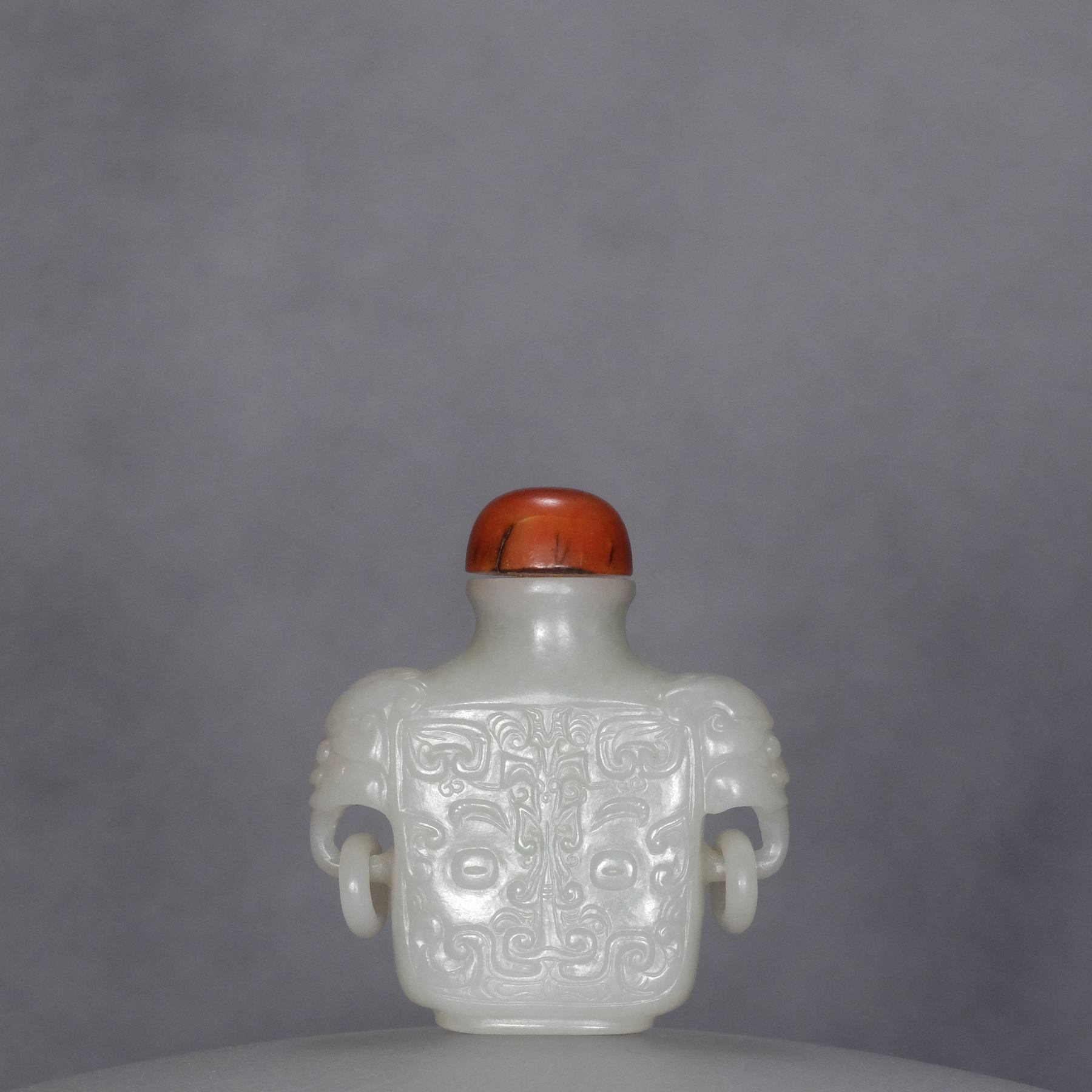
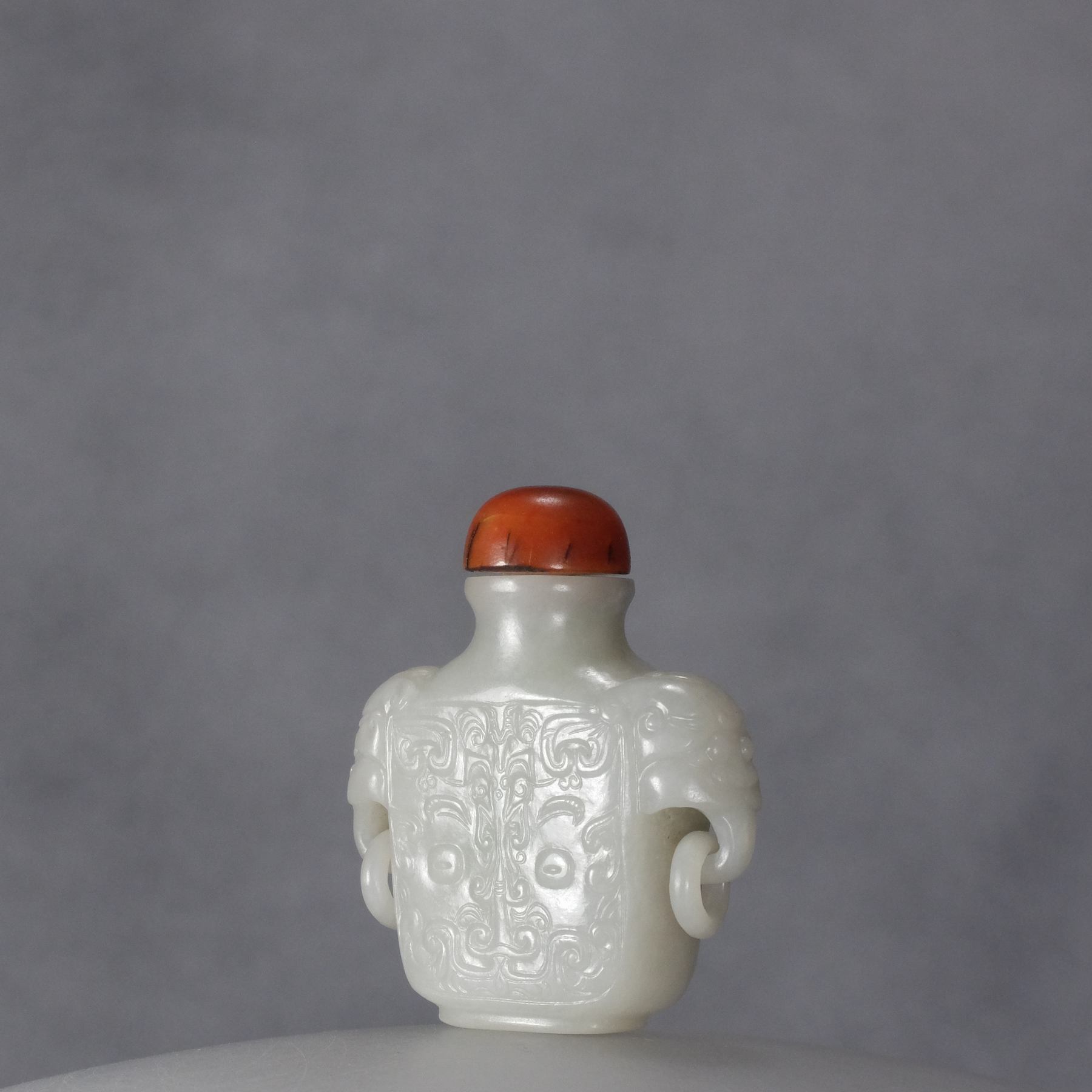
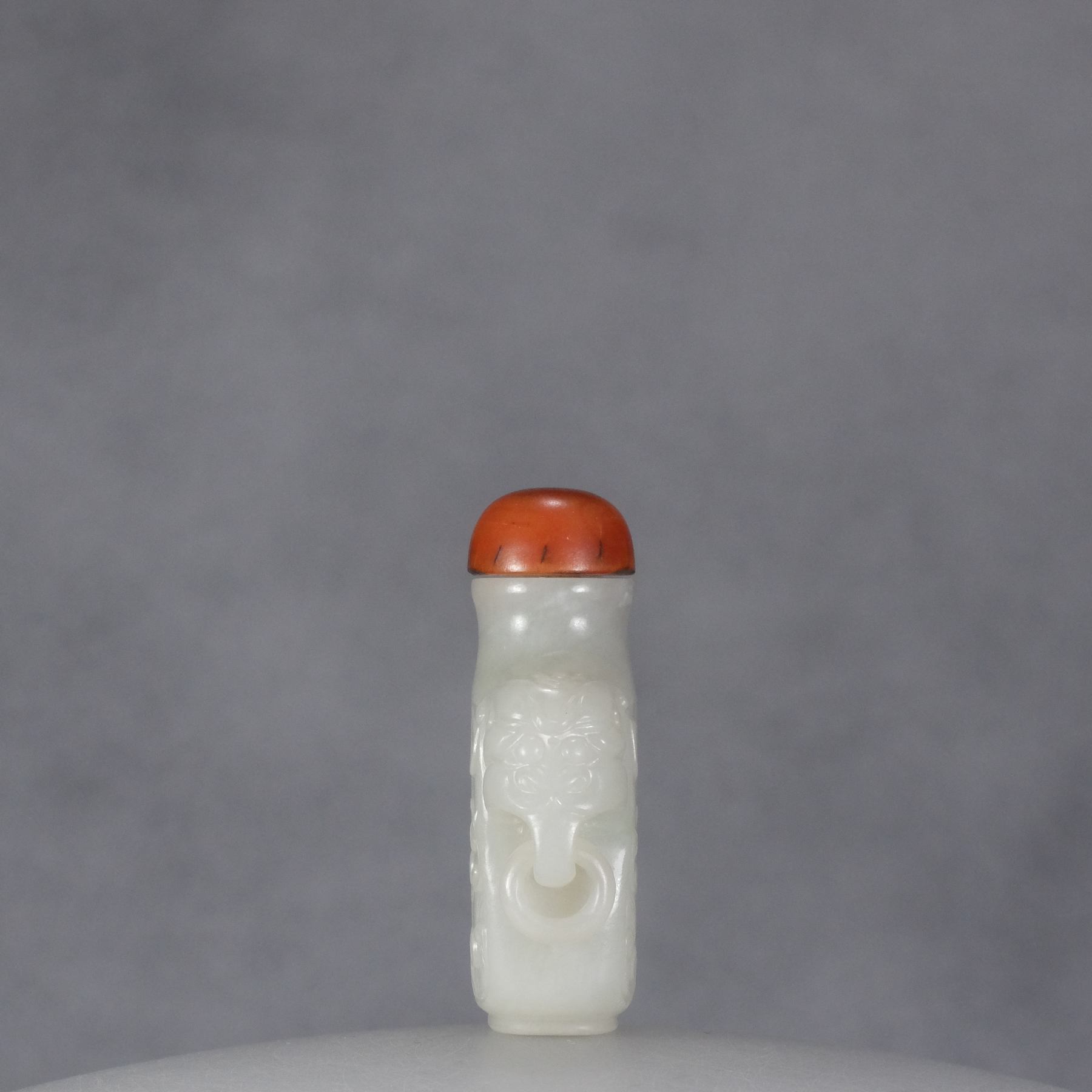
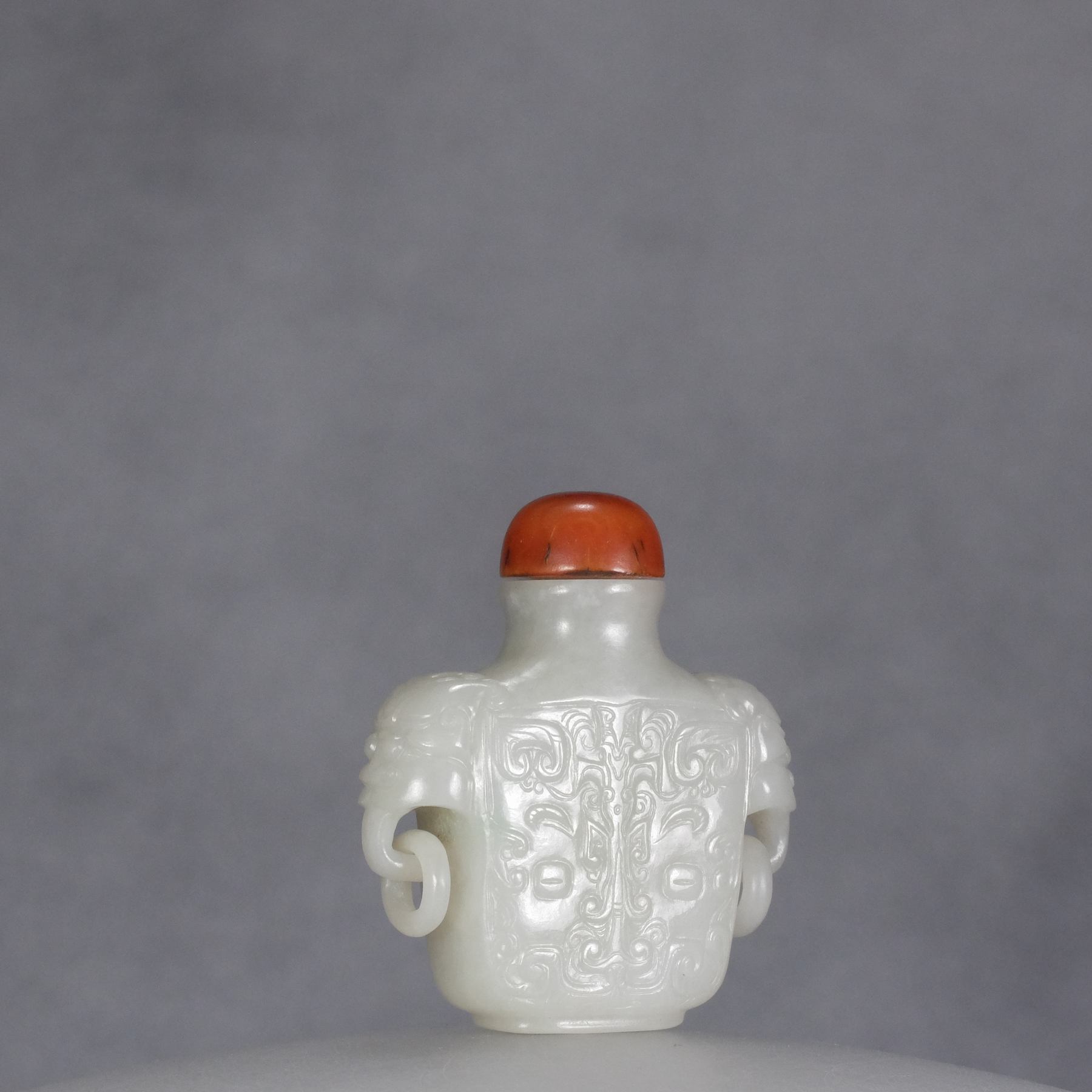
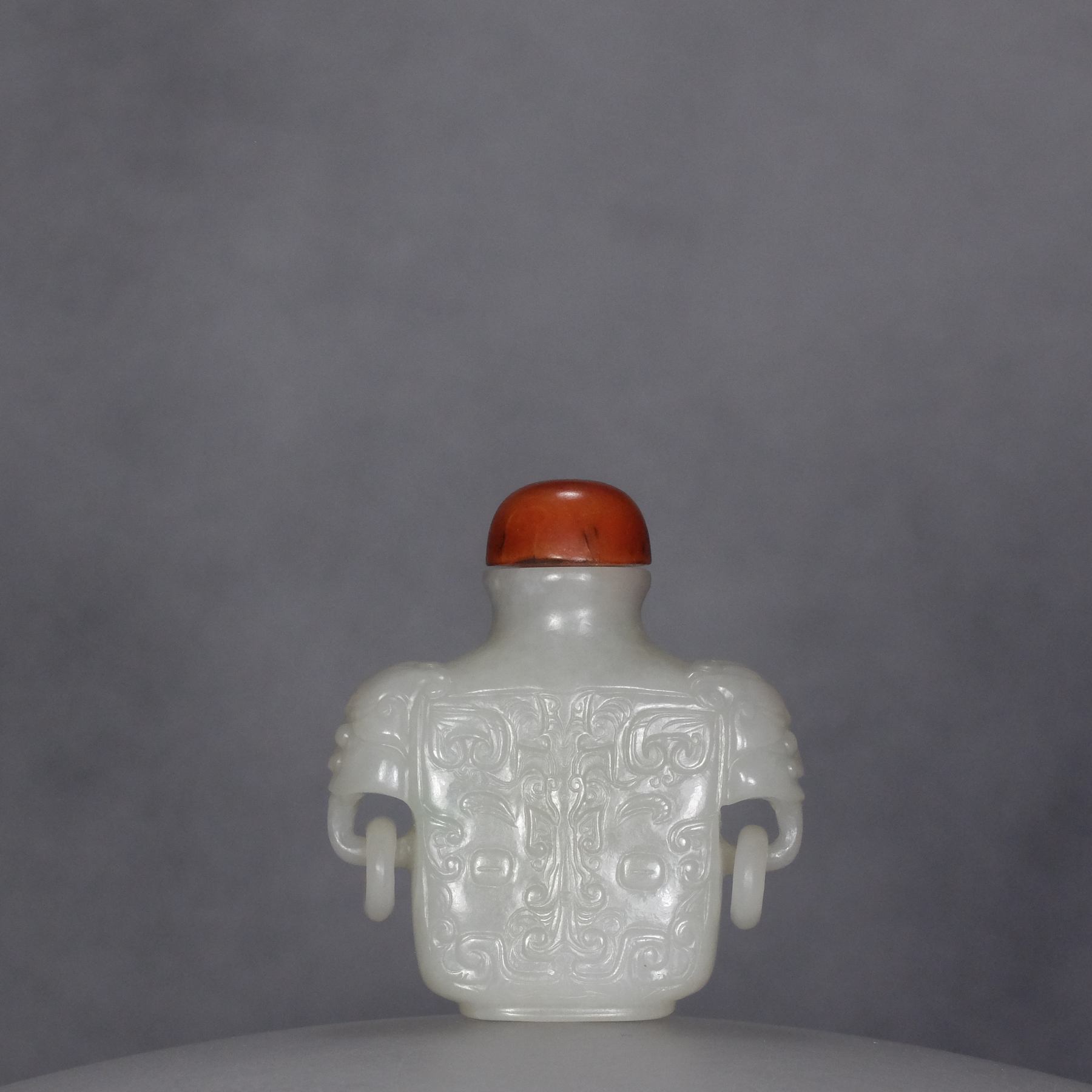
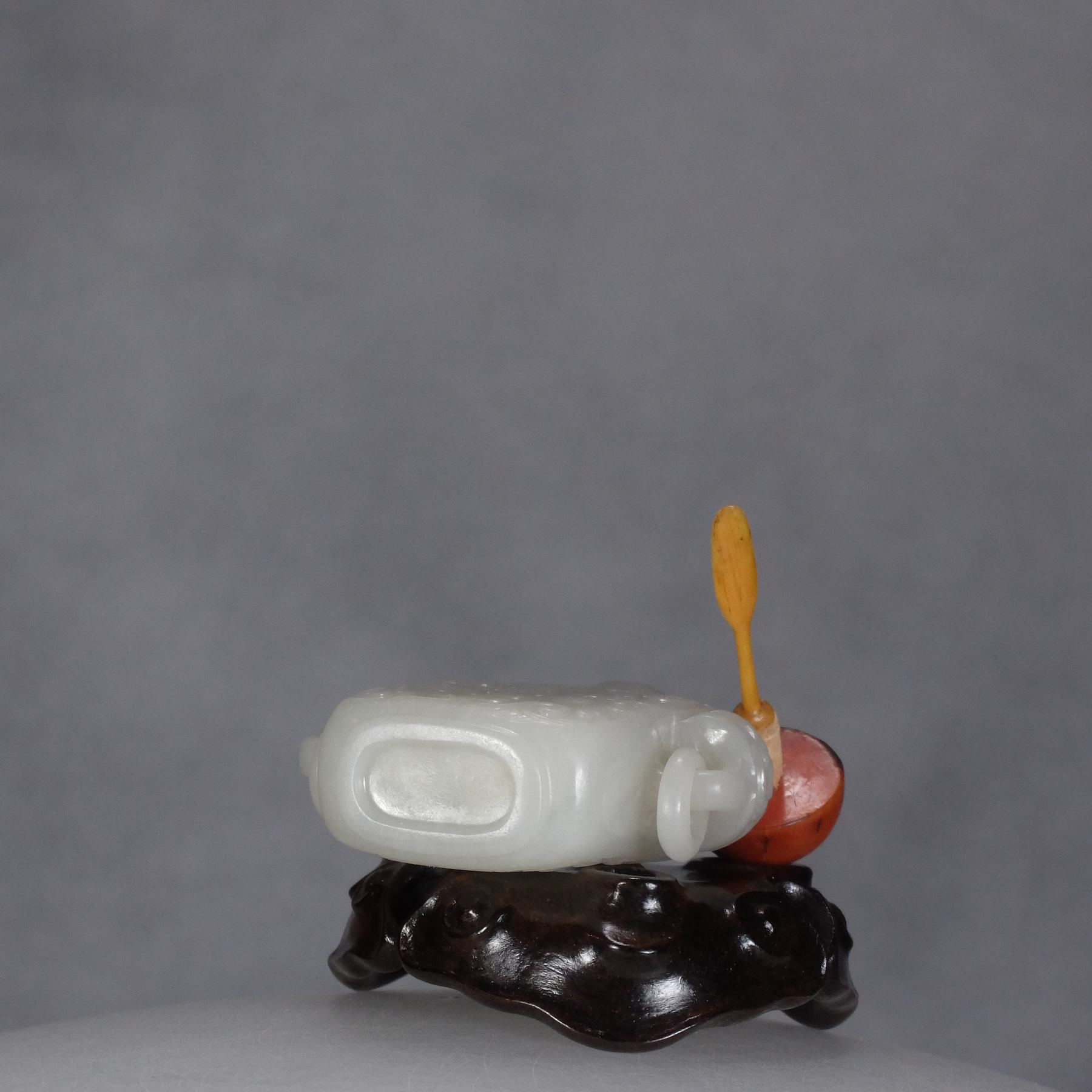
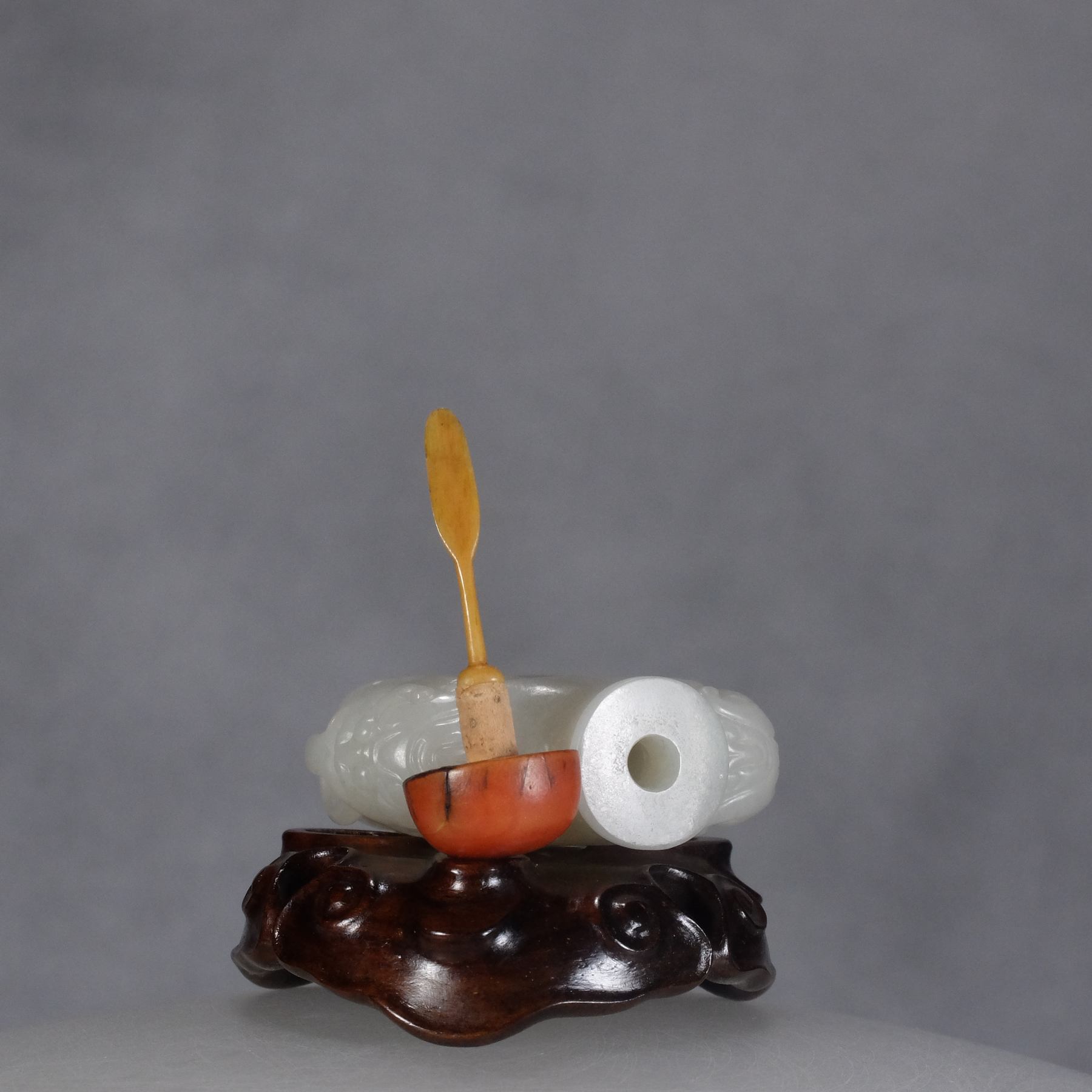
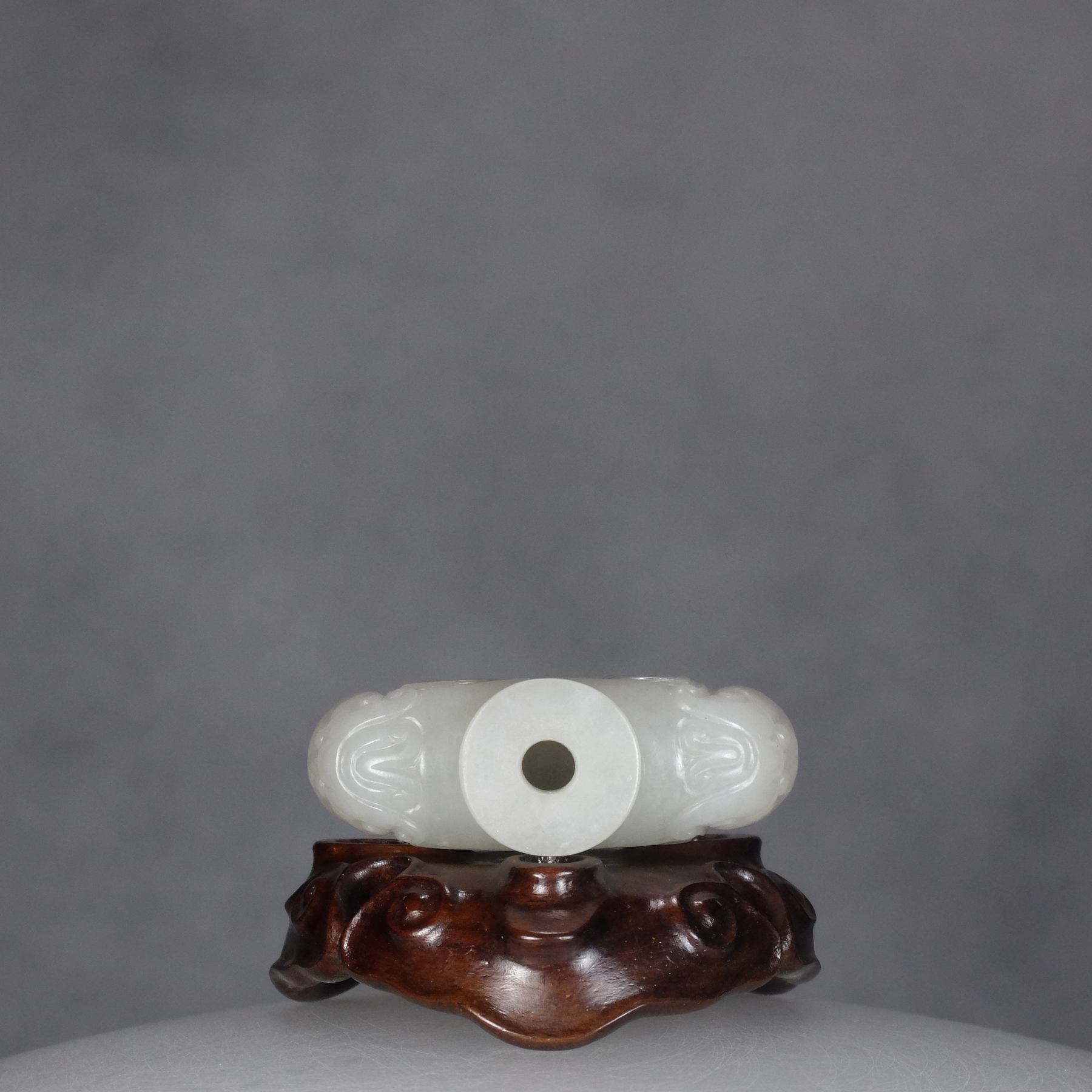
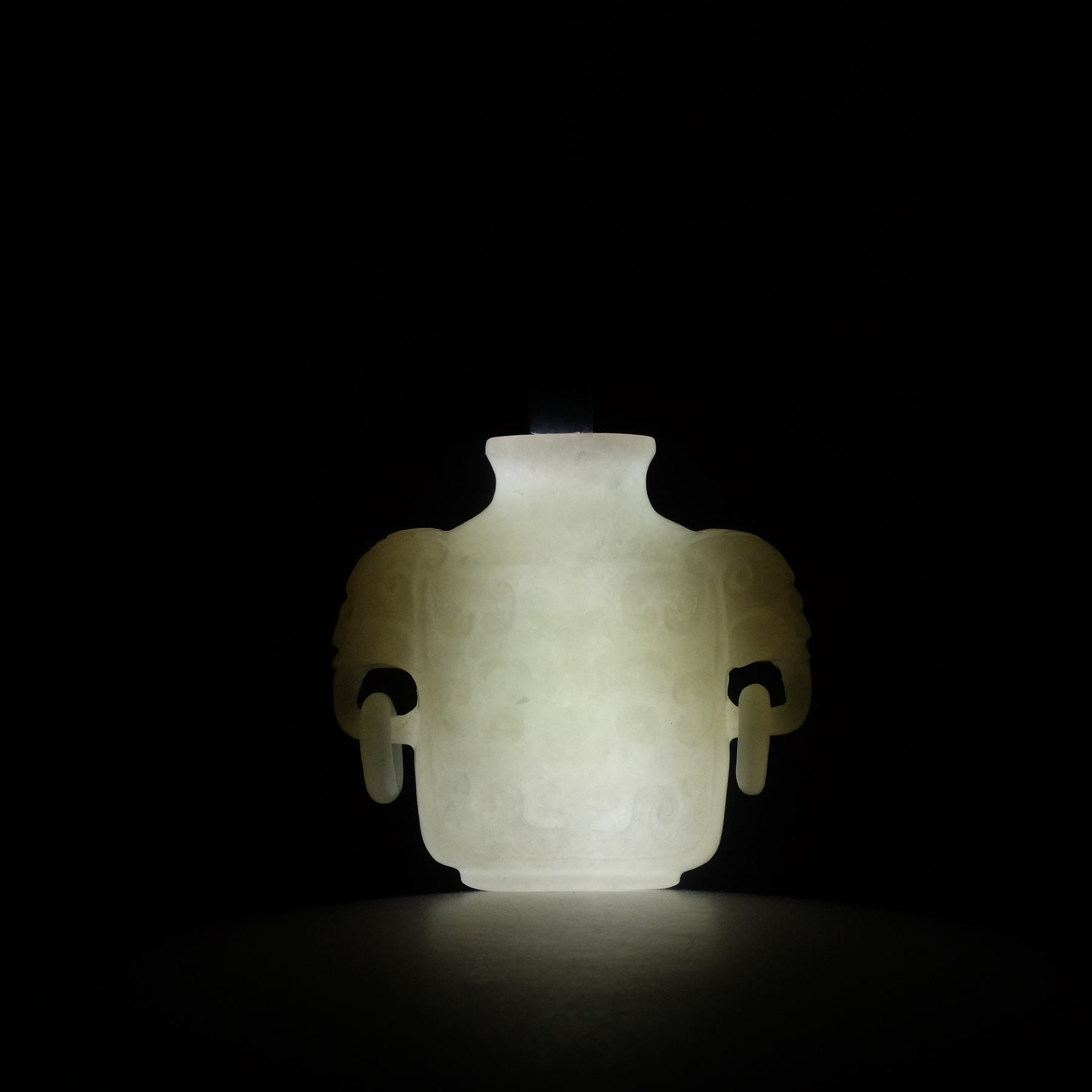
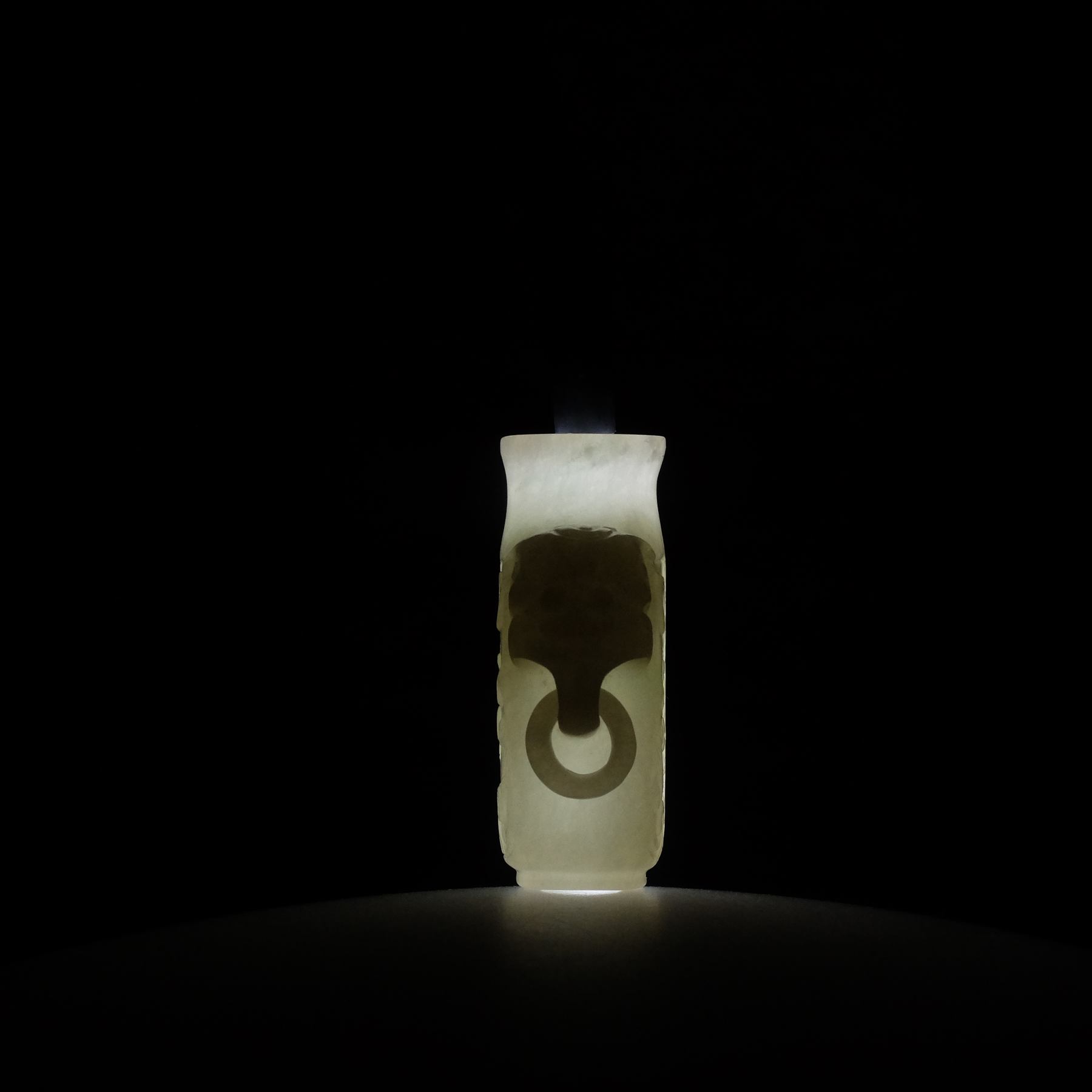
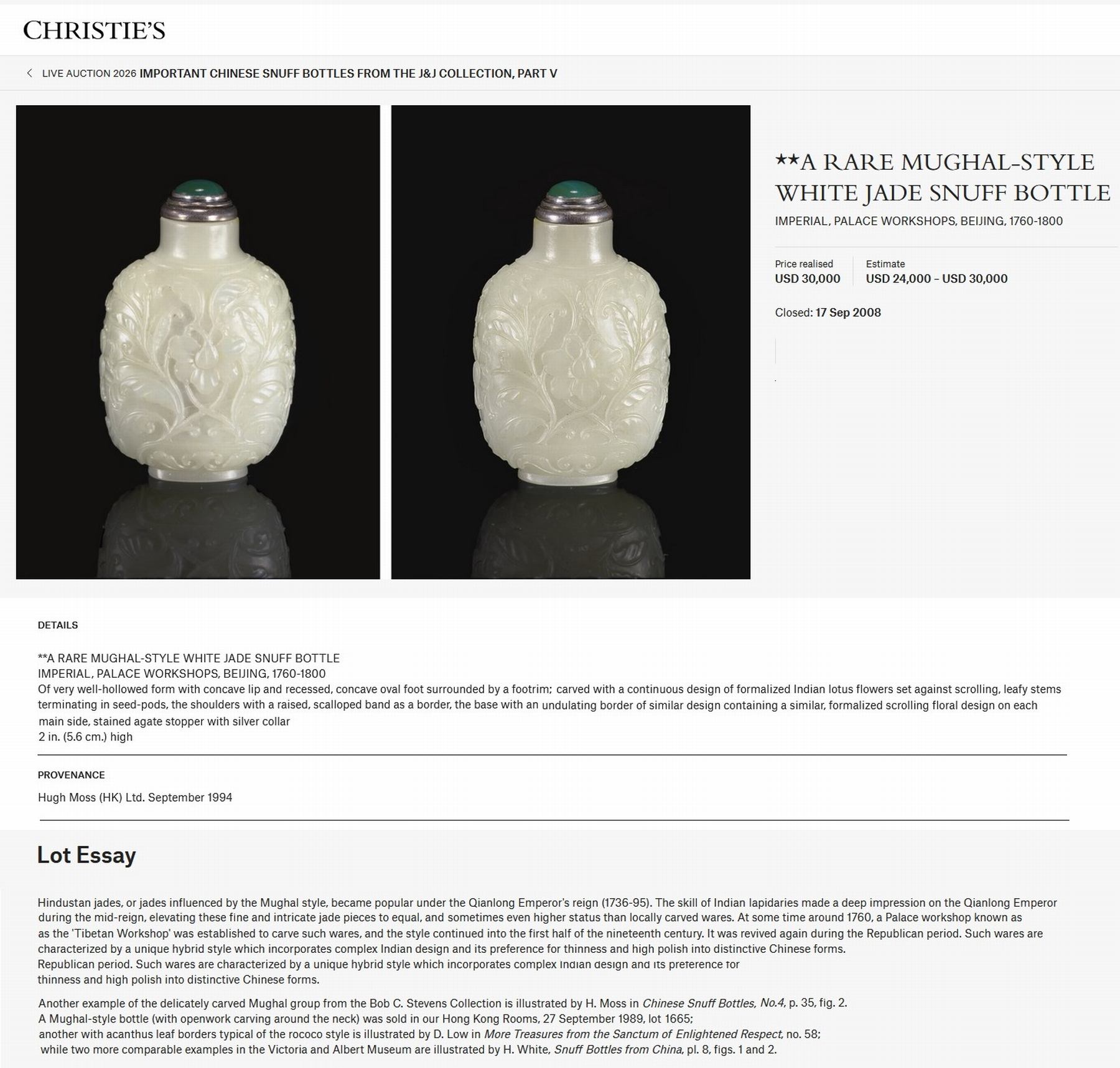
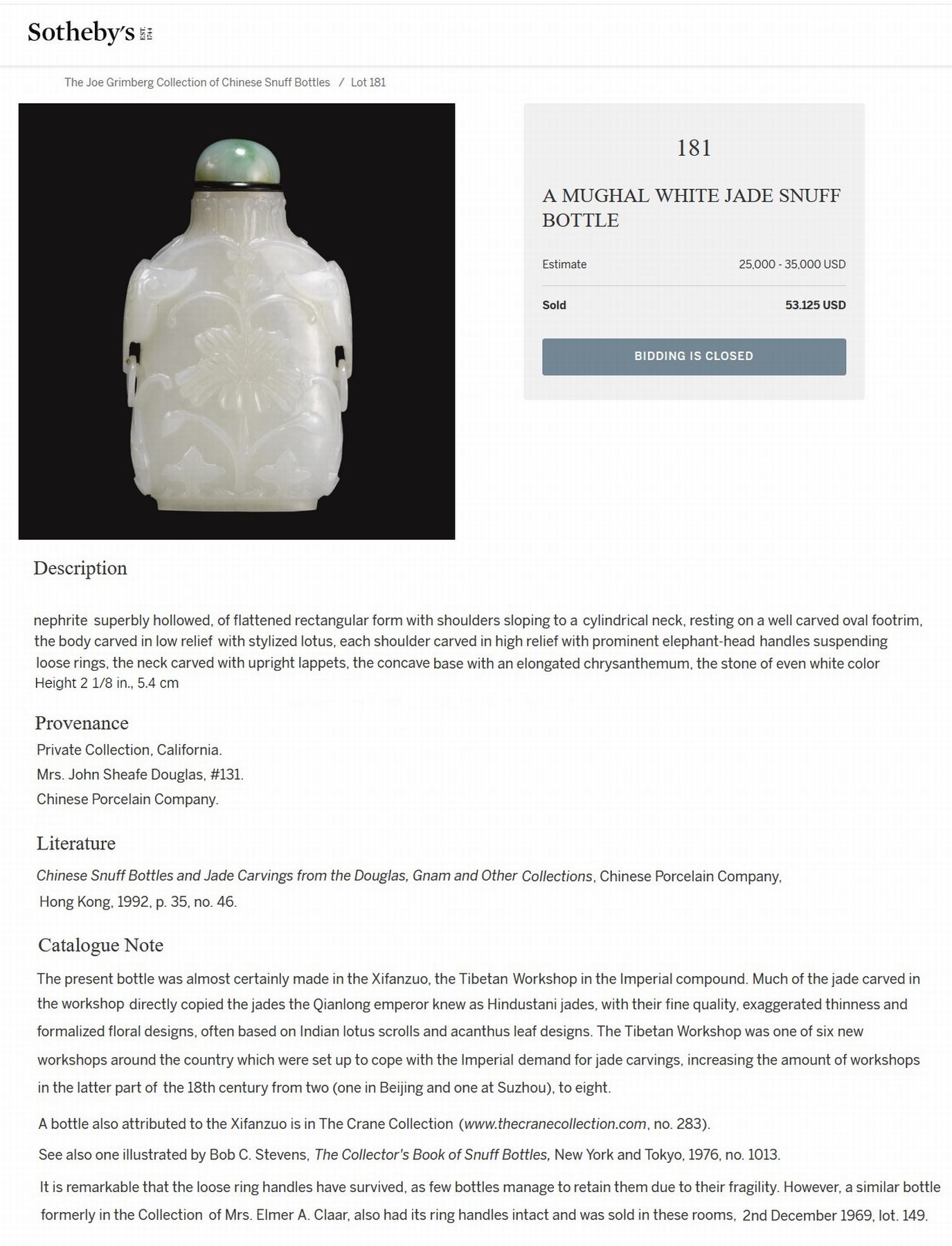
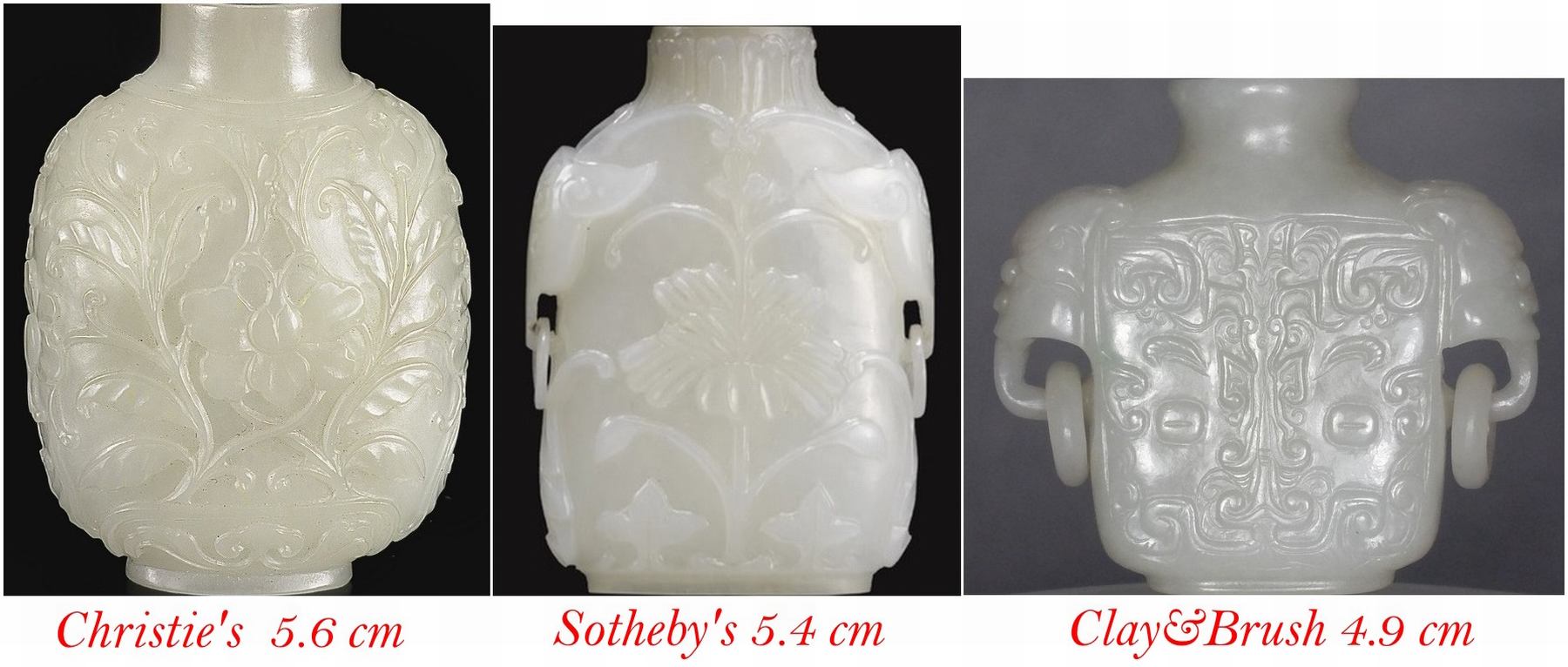
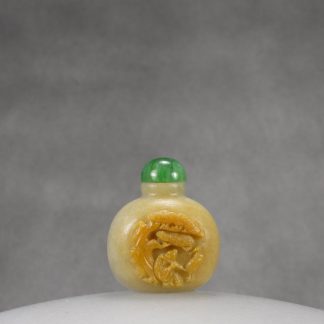
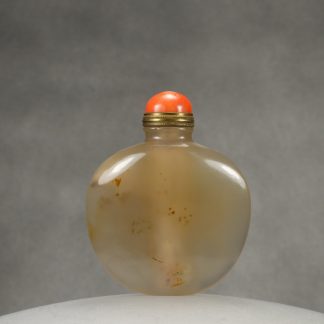

Reviews
There are no reviews yet.